Tesco, the biggest supermarket group in the UK with 28% share of the market, has reported a 7% jump in Christmas sales, as has the second-largest, Sainsbury's, which has 14% of the market.
The 7% growth in Sainsbury's sales has led the company to revise its profit forecast for the year upwards.
Both these groups - along with Asda - are substantial buyers of Irish beef and this has helped drive on cattle prices, not just in December but into the new year, as they replenish stocks.
The Agriculture and Horticulture Development Board (AHDB), the levy board in England, has also presented some analysis on beef and lamb performance, with data supplied by Kantar.
Good news
It reveals good news for both the beef and sheepmeat sectors, with roast beef sales up 2% on 2021 levels after falling sales throughout 2022.
It was even better for lamb sales, with lamb roasts up 10% on Christmas 2021 and 13.6% on 2019 volumes, which again reverses the trend of falling sales in 2022 up to this point.
With Kantar measuring grocery price inflation at 14% in December, all meat joints increased in price compared with the previous year.
Lamb prices were 3.8% higher than for Christmas 2021, while beef roasting prices increased by 8.3%. These are the two lowest, with pork and gammon joints having the highest price increases, up 19% and 16.7% respectively.
2022 was a difficult year
Despite the positive performance in the lead-up to Christmas, 2022 was a difficult year overall for beef and lamb sales in the British retail sector.
With a return to post-COVID normality, consumers embraced eating out and shunned retail, reversing the trends of lockdown.
Overall volume of beef sales for the year to 25 December were down 9%, though the average price increased by 8.8%, reflecting the higher costs required to produce and process beef.
Despite the rise in roast beef sales leading up to Christmas, overall sales for 2022 were down almost 22% and steak sales were down 19% on 2021.
Both these products are particularly popular in the restaurant and hospitality sectors. Mince sales were also down, though by just over 5%.
Lamb sales also struggled in British supermarkets in 2022, with overall volumes down almost 10% in the year to 25 December compared with 2021, although consumer spend was almost 10% higher than the previous year. This again reflects higher lamb values.
Read more
Tesco's comments on Kiwi imports have local implications
Retail data shows grocery inflation in Ireland hits record high
Tesco, the biggest supermarket group in the UK with 28% share of the market, has reported a 7% jump in Christmas sales, as has the second-largest, Sainsbury's, which has 14% of the market.
The 7% growth in Sainsbury's sales has led the company to revise its profit forecast for the year upwards.
Both these groups - along with Asda - are substantial buyers of Irish beef and this has helped drive on cattle prices, not just in December but into the new year, as they replenish stocks.
The Agriculture and Horticulture Development Board (AHDB), the levy board in England, has also presented some analysis on beef and lamb performance, with data supplied by Kantar.
Good news
It reveals good news for both the beef and sheepmeat sectors, with roast beef sales up 2% on 2021 levels after falling sales throughout 2022.
It was even better for lamb sales, with lamb roasts up 10% on Christmas 2021 and 13.6% on 2019 volumes, which again reverses the trend of falling sales in 2022 up to this point.
With Kantar measuring grocery price inflation at 14% in December, all meat joints increased in price compared with the previous year.
Lamb prices were 3.8% higher than for Christmas 2021, while beef roasting prices increased by 8.3%. These are the two lowest, with pork and gammon joints having the highest price increases, up 19% and 16.7% respectively.
2022 was a difficult year
Despite the positive performance in the lead-up to Christmas, 2022 was a difficult year overall for beef and lamb sales in the British retail sector.
With a return to post-COVID normality, consumers embraced eating out and shunned retail, reversing the trends of lockdown.
Overall volume of beef sales for the year to 25 December were down 9%, though the average price increased by 8.8%, reflecting the higher costs required to produce and process beef.
Despite the rise in roast beef sales leading up to Christmas, overall sales for 2022 were down almost 22% and steak sales were down 19% on 2021.
Both these products are particularly popular in the restaurant and hospitality sectors. Mince sales were also down, though by just over 5%.
Lamb sales also struggled in British supermarkets in 2022, with overall volumes down almost 10% in the year to 25 December compared with 2021, although consumer spend was almost 10% higher than the previous year. This again reflects higher lamb values.
Read more
Tesco's comments on Kiwi imports have local implications
Retail data shows grocery inflation in Ireland hits record high



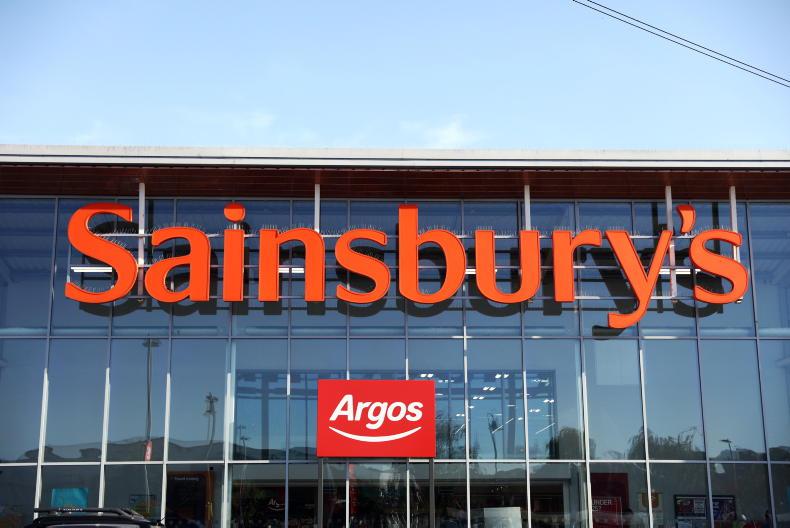

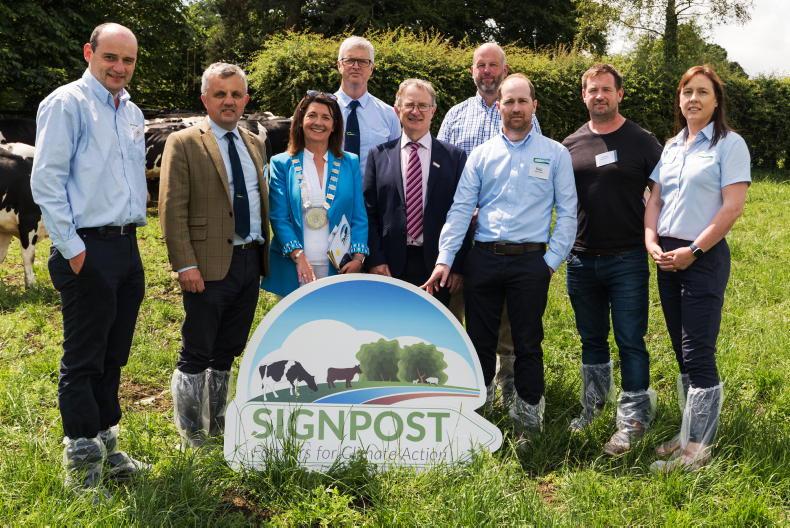

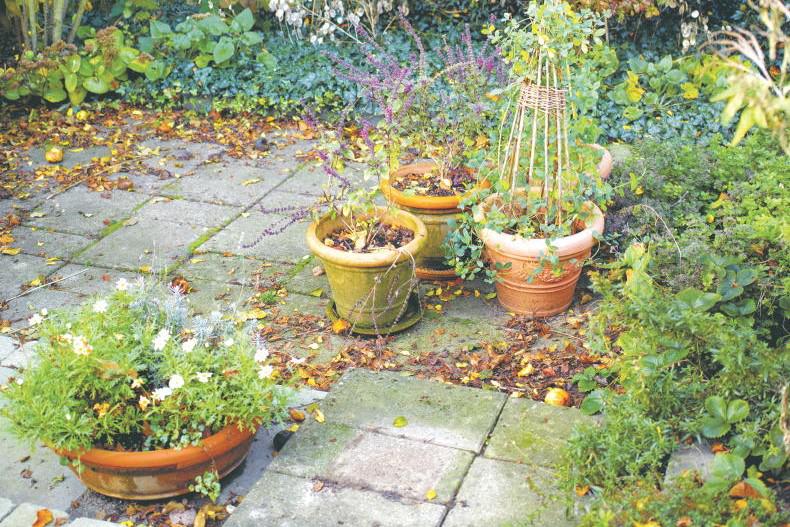
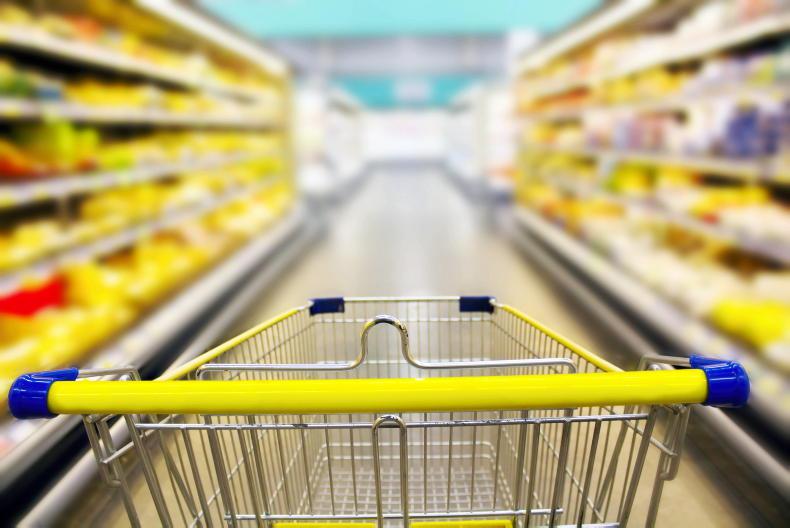
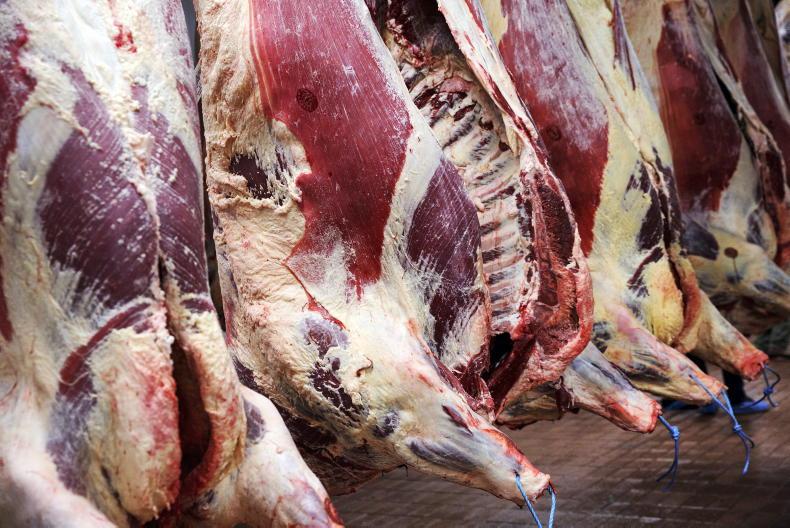
SHARING OPTIONS